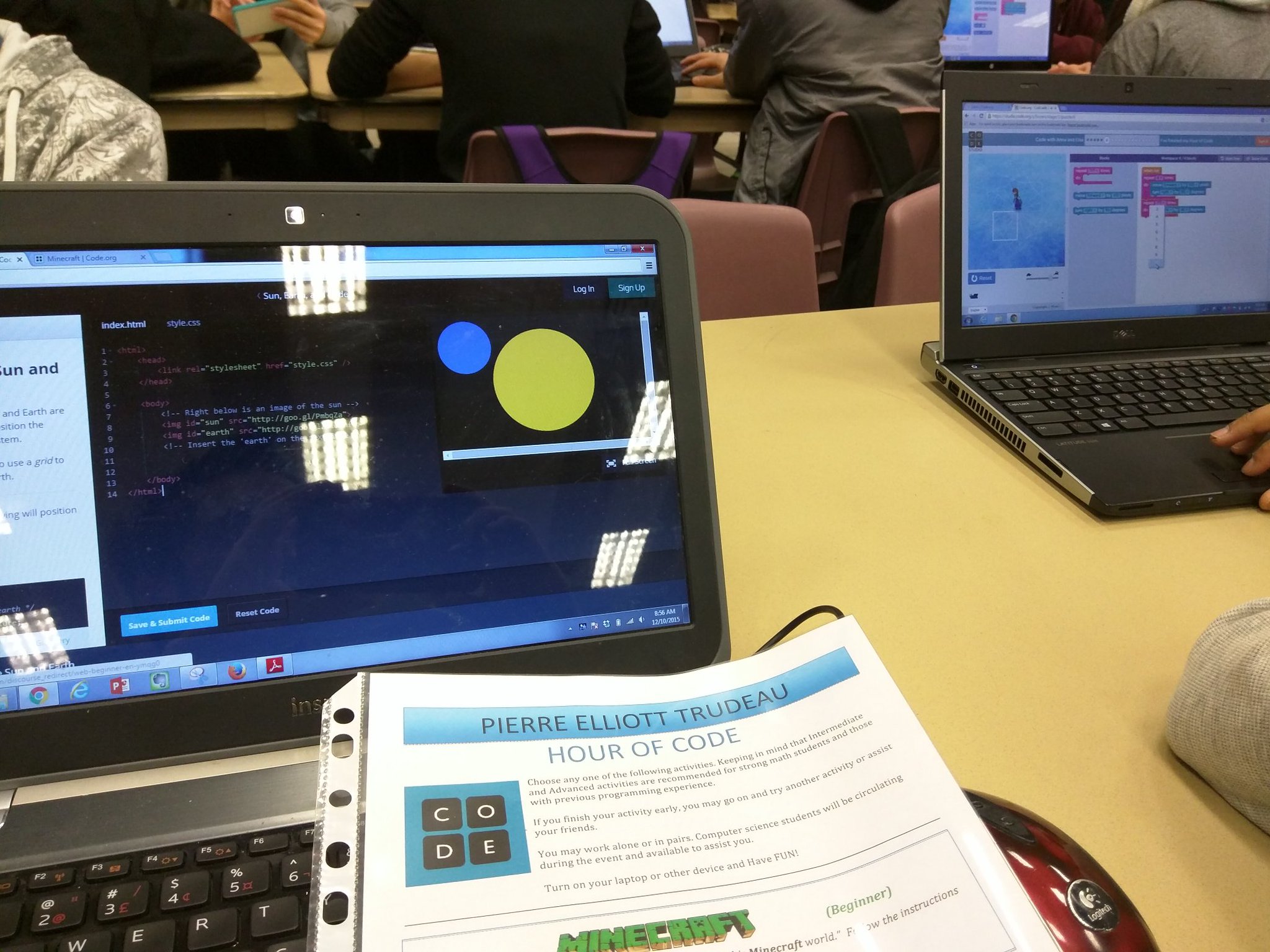Ultimate Tryouts
For the first time, I will be alone as the only coach. My other co-coach has too many new
responsibilities after moving departments, so it will just be me. For the past 7 years, I was blessed to have
tremendous co-coaches; they have supported me and changed the way I look at
this role. The kids benefit from having
that second coach there – it’s evident in their crestfallen faces as I tell
them they will no longer be coaching.
I will certainly miss them.
Tryouts started on the first week of December. I knew there was going to be quite the
interest in trying out for the team; so I made the announcement one day before
the first try-out to hopefully limit the numbers. There was no way I could remember and learn
all the students’ names.
I had 4 tryouts and over 70 students, boys and girls come
out. Fortunately, I have two student
managers, a willing captain, and four alumni come out. They helped enormously through the process of
modelling and running the tryouts; they had some input into the selection of
the team as well.
That last statement alone could cause a stir among traditional coaches who usually shoulder the authority of cutting the team
alone. But I have been a part of too
many clubs and have seen the power of involving student executives. They know it’s their team and have more of a
responsibility, and thus buy-in from the start.
It’s helpful to have that sort of buy-in for a ‘season’ of 1 day/week
practices for the next 6 months.
Again – should other students have the influence over choosing
other students? Can they be unbiased
from their friends? I remember when I
first did this 2 years ago, my grade 11 execs were quite unbiased, and my
‘exec’ team cut their friends. They
received quite a bit of ‘flack’ from that and apparently they couldn’t handle
the aftermath of cutting their friends; the following year when they were grade
12s, they didn’t want any part of the team making process.
This year, I certainly needed this year’s execs to help
out. Bias is better than missing out on
potential talent I guess. We’ll see where this goes – but I believe that since
empowering students is the latest in educational trends, I should be ok.
There is an exceptional group of grade 9 students that came
out. It is rare to see grade 9s already
with the basic ability to throw and catch.
Unfortunately, this isn’t the only two things that I look for. Students don’t seem to understand that when
there’s one disc on the field, there are 13 other players on the field without
the disc.
The majority of time, you do NOT have the disc. I am evaluating what you DO without the
disc. I am evaluating whether or not a
player has a growth mindset. I evaluate
how they deal with mistakes. Like this guy here...
This is the second year in which I’ve taken a student that
has tried out for the past 3 years and has been cut. They have tried extremely hard to work on
their craft and their skill and their physical abilities. Three years is a long time to keep trying and
these two players have stuck out in my mind, even though I will only have
coached them for their grade 12 year.
Their perseverance and determination to make the team is absolutely
commendable.
Throwing and catching can be taught as this is an explicit
skill that seems to attract most people to throw the disc. As a result, the majority of my players will
work on that skill on their own throughout the year.
I’d rather work on teamwork and chemistry through offensive
and defensive schema.
Except right now, I am running two teams on my own. I wasn’t willing to run a team on my own
before and would always want someone there with me. Why am I running two indoor teams when I am
the only coach?
I have an extremely willing student manager named Crystal
and another student manager, Stephanie, who just wants to help out. (names have been changed to protect identity
of students)
What’s interesting is that Crystal has also been cut from
the team for the past few years. She
loves the game and has found a way to contribute. She is now manager and putting to use her
administrative and organization skill.
Our school is filled with spectacular students.
We will see what happens after the three practices we have
in January before the exams.
Practices are going to be quite interesting with 36 players.


















































